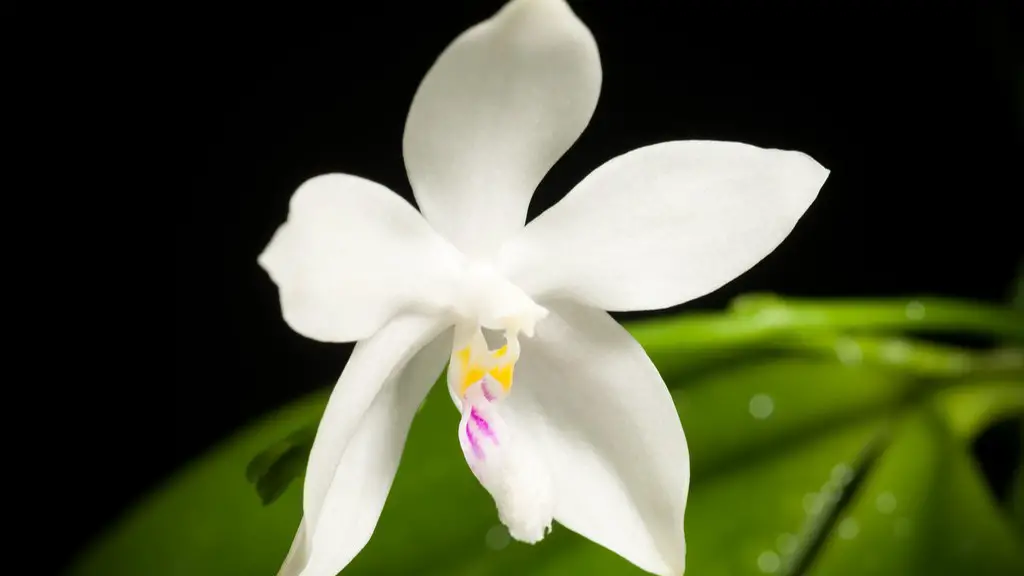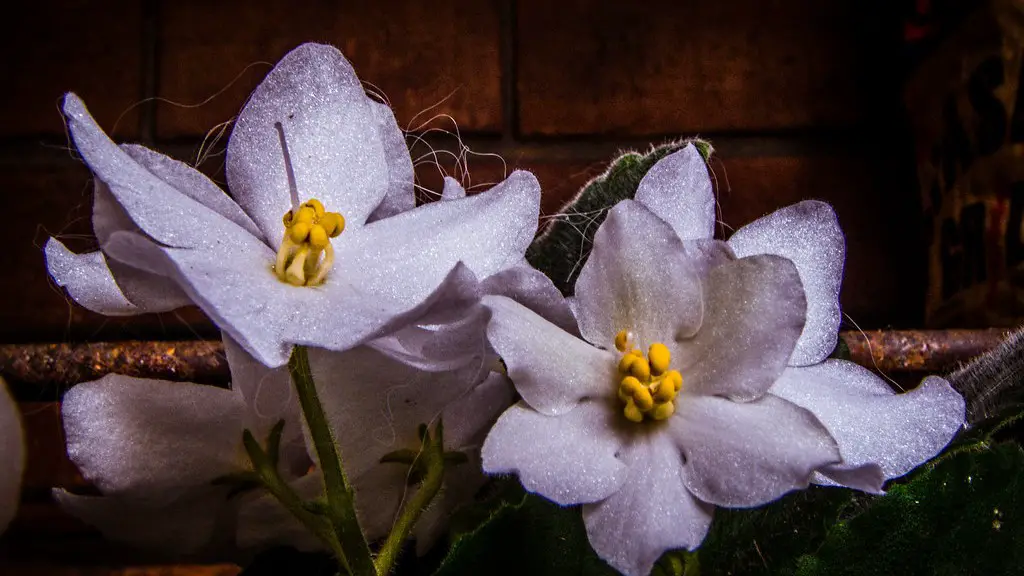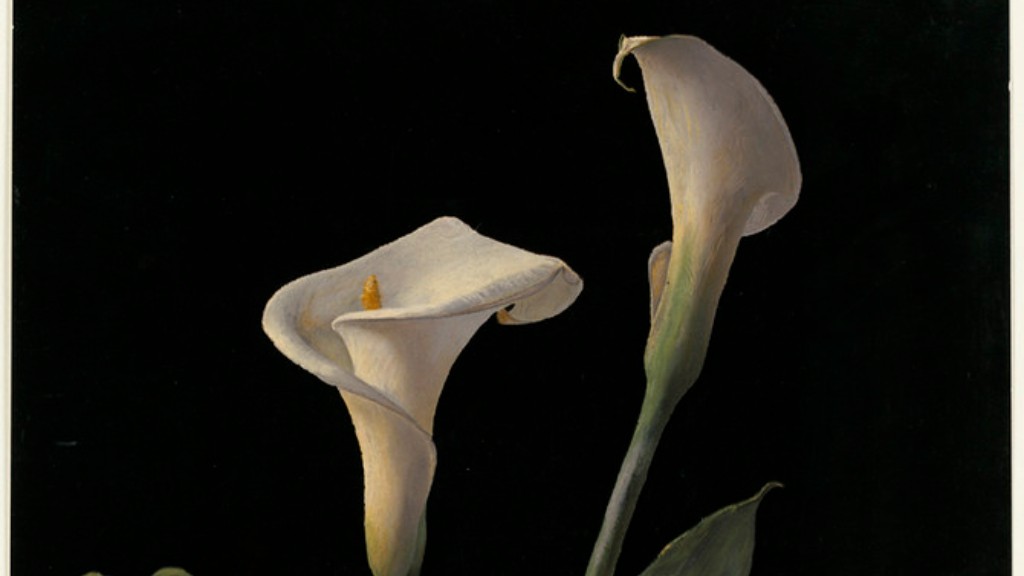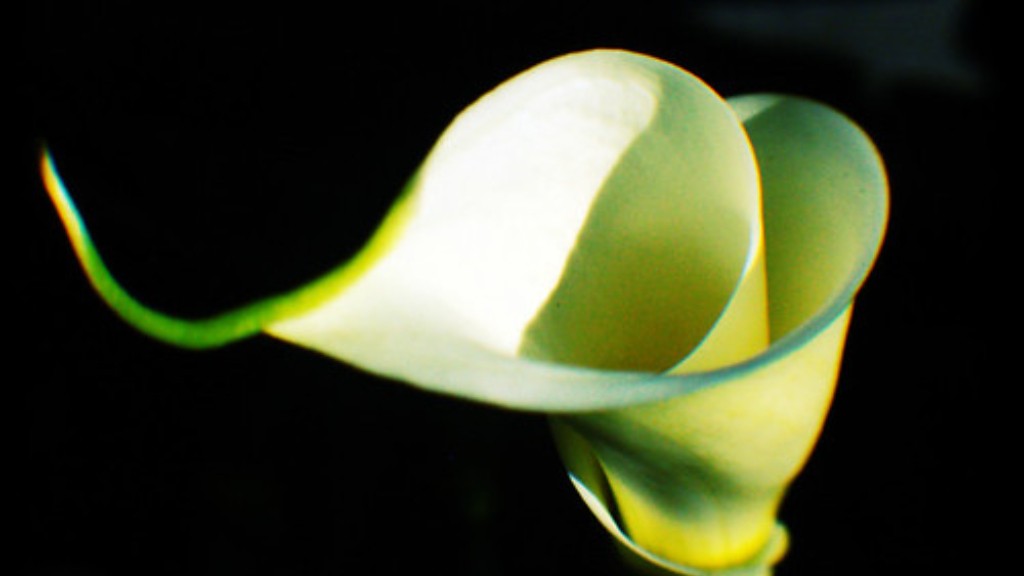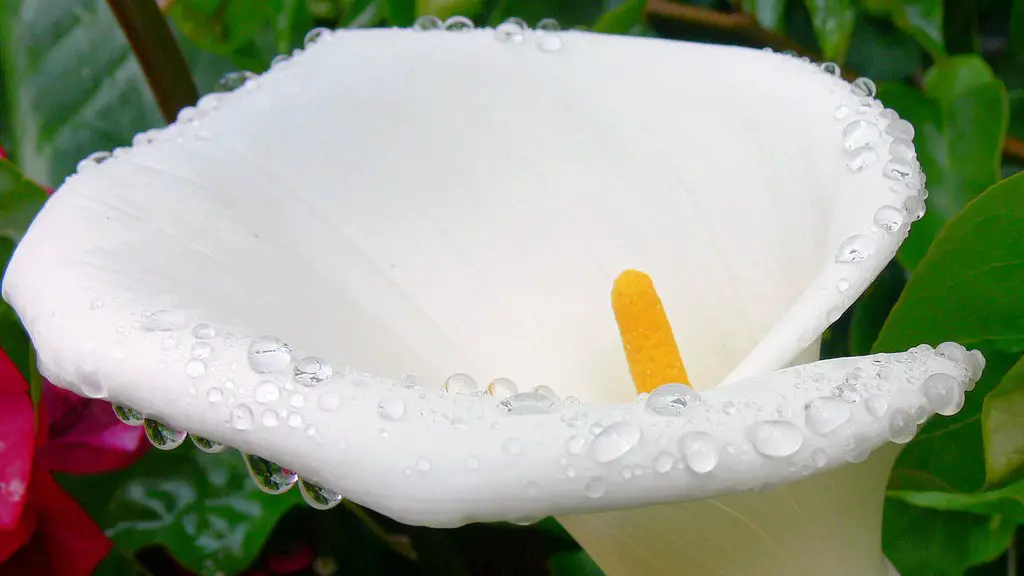Just like other orchids, phalaenopsis orchids need a specific set of growing conditions in order to rebloom. With proper care, your phalaenopsis orchid can provide you with flowers for many months. Here are the basic requirements for getting your phalaenopsis orchid to rebloom:
• Provide your orchid with bright, indirect light. Too much direct sunlight can damage the leaves, while too little light will prevent the plant from blooming.
• Keep your orchid in a warm room with temperatures between 65 and 75 degrees Fahrenheit.
• Water your orchid regularly, allowing the potting mix to dry out slightly between watering.
• Feed your orchid a balanced fertilizer formulated for orchids every other week.
• Once the blooms have faded, cut the flower stalk back to the base.
With proper care, you can enjoy the beauty of phalaenopsis orchids for many months.
To get your Phalaenopsis orchid to rebloom, you will need to follow a few simple steps. First, make sure that you are providing the correct amount of light and water for your plant. Secondly, after the flowers have fallen off, cut the stem back to about six inches. Finally, give the plant a rest period in a cool, dark place for about six weeks. After following these steps, your Phalaenopsis orchid should rebloom.
How do you induce Phalaenopsis to bloom?
Orchid blooms are beautiful and last a long time, but they typically bloom just once a year. To extend the blooming period, follow these instructions:
Cut the Flower Spike: Cut the flower spike down to about 6 inches after the flowers have faded.
Continue Watering and Feeding: Orchids need to be watered and fertilized regularly even after they have bloomed.
Move to a Colder Location: After cutting the flower spike, move the orchid to a cooler location. This will help it to rest and prepare for a new flower spike.
Wait for a New Flower Spike: It can take several months for a new flower spike to appear. Be patient and continue to care for your orchid during this time.
Return to a Warm Location: Once a new flower spike appears, move the orchid back to a warm location. This will help the flowers to bloom.
To help your orchid rebloom, continue to water it with 3 ice cubes once a week. Fertilize your orchid once or twice a month using a balanced houseplant fertilizer at half strength. Provide plenty of indirect sunlight to help your orchids grow. Put your orchid in a cooler spot at night.
How long does it take for Phalaenopsis to bloom again
A phalaenopsis orchid typically blooms for several months, and can be pollinated again during this period. It can take 9 to 14 months for an orchid to complete a life cycle. If it does not die, it can typically re-bloom once every 8 to 12 months.
Orchids are beautiful and delicate flowers that can be a challenge to keep alive. One of the most common reasons that orchids fail to bloom is insufficient light. The Phalaenopsis and Paphiopedilum orchids are usually happy with the filtered light in a windowsill but many other varieties need more light than that. If you are having trouble getting your orchid to bloom, try increasing the amount of light it is getting.
What triggers an orchid to bloom?
Orchids need a lot of light to bloom, so make sure they are getting enough light before trying to force them to bloom with temperature or water changes.
Of all the more commonly available orchids, only Phalaenopsis (the moth orchid) will re-bloom from its old spike. Phalaenopsis will generally re-bloom given a little extra care, such as providing a warm environment and extra humidity.
How do I encourage new buds on my orchid?
Cutting back the stem to the nearest bud will stimulate the production of another flower stem over the next few months. This is a great way to keep your plant healthy and looking its best.
If you want to encourage your orchid to grow a new stem, there are a few things you can do. First, make sure you are giving it enough water. Allow the plant to dry out completely between waterings. Second, make sure the room it is in has 50-70% humidity. Finally, fertilize your orchid weekly if there are new growths, then taper off as the plant matures.
Do orchids reflower on the same stem
The Phalaenopsis orchid is a beautiful flower that is often seen in grocery stores. This type of orchid is known for its ability to rebloom on the same stalk, which is a unique trait among all other types of Orchids. Although other Orchids can be trimmed at the base of the flower stalk in order to encourage blooming, the Phalaenopsis Orchid does not require this type of care.
It is best to remove the flower spike entirely from the orchid plant if it starts to turn brown or yellow in color. This will help keep the plant healthy and prevent any further damage.
How often should I mist my Phalaenopsis orchid?
Orchids need to be watered about once a week, but misting the foliage every two to three days is also important to keep the air around them moist. Avoid spraying the flowers directly, as the water can mark the petals. Overwatering is the most common way to kill orchids, so make sure the pot drains well and don’t let the plant sit in water.
Phalaenopsis orchids, also known as moth orchids, are one of the most popular types of orchids. They are easy to care for, and can bloom for several months at a time. If you have a potted phal, the best way to water it is to dunk the pot in a bucket or sink of water, letting the plant soak for 15-20 minutes. If your plant is potted in bark, watering once a week is generally sufficient. If your plant is potted in moss, water when the top feels dry. The amount of light and heat your plant receives will also affect how soon your phal needs watering. Summer months will need more frequent watering, winter will need less.
Why does my orchid grow roots but no flowers
Orchids require a lot of light in order to bloom, but too much light will cause the leaves to turn yellow. The ideal amount of light for an orchid is around 16 hours a day. If you are not getting enough light, you can try using a grow light.
Watering your orchid with three ice cubes each week will help it to stay healthy and continue to grow. Be sure to water on the same day each week so that your orchid gets the consistent care it needs.
Why is my orchid growing leaves instead of flowers?
This is exciting news! Your orchid is about to become a new parent and you can help by propagating the keikis, or baby orchids. By carefully cutting them from the stalk and planting them, you can create new plants and help ensure the continuation of this beautiful species. Thanks for playing a part in ensuring the future of the orchids!
You should mist your orchid with a spray bottle daily. Misting gives the orchid more humidity, but does not create a soggy root environment. It is best to put your orchid where it will receive medium indirect sunlight.
Do orchid flowers like to be misted
Orchids thrive in humid conditions because they are tropical plants. The easiest way to recreate their humid home is by misting them with a spray bottle.
The microclimate of higher humidity helps prevent heat stress and aids stressed plants in recovering. This is because the higher humidity helps to keep the air temperature cooler, which helps to prevent the plant from getting too hot. In addition, the higher humidity helps to keep the plant leaves from getting too dry, which can cause them to become stressed and to lose their ability to recover from stress.
Warp Up
To get a Phalaenopsis orchid to rebloom, you will need to provide it with the proper light, temperature, and humidity. The plant should be kept in a warm room with bright, indirect light. The temperature should be kept between 65 and 75 degrees Fahrenheit during the day and between 55 and 60 degrees Fahrenheit at night. The plant should also be kept in a humid environment, such as a bathroom or kitchen. If the plant does not have enough humidity, you can mist it with water daily.
If your Phalaenopsis orchid has stopped blooming, don’t despair. With proper care, you can encourage it to rebloom. The key is to mimic the plant’s natural environment as closely as possible. Provide bright, indirect light and keep the temperature consistent. Water the plant thoroughly, then allow the potting mix to dry out before watering again. Phalaenopsis orchids also appreciate being fed a balanced fertilizer every other week. With a little patience, your orchid will reward you with another stunning bloom.
